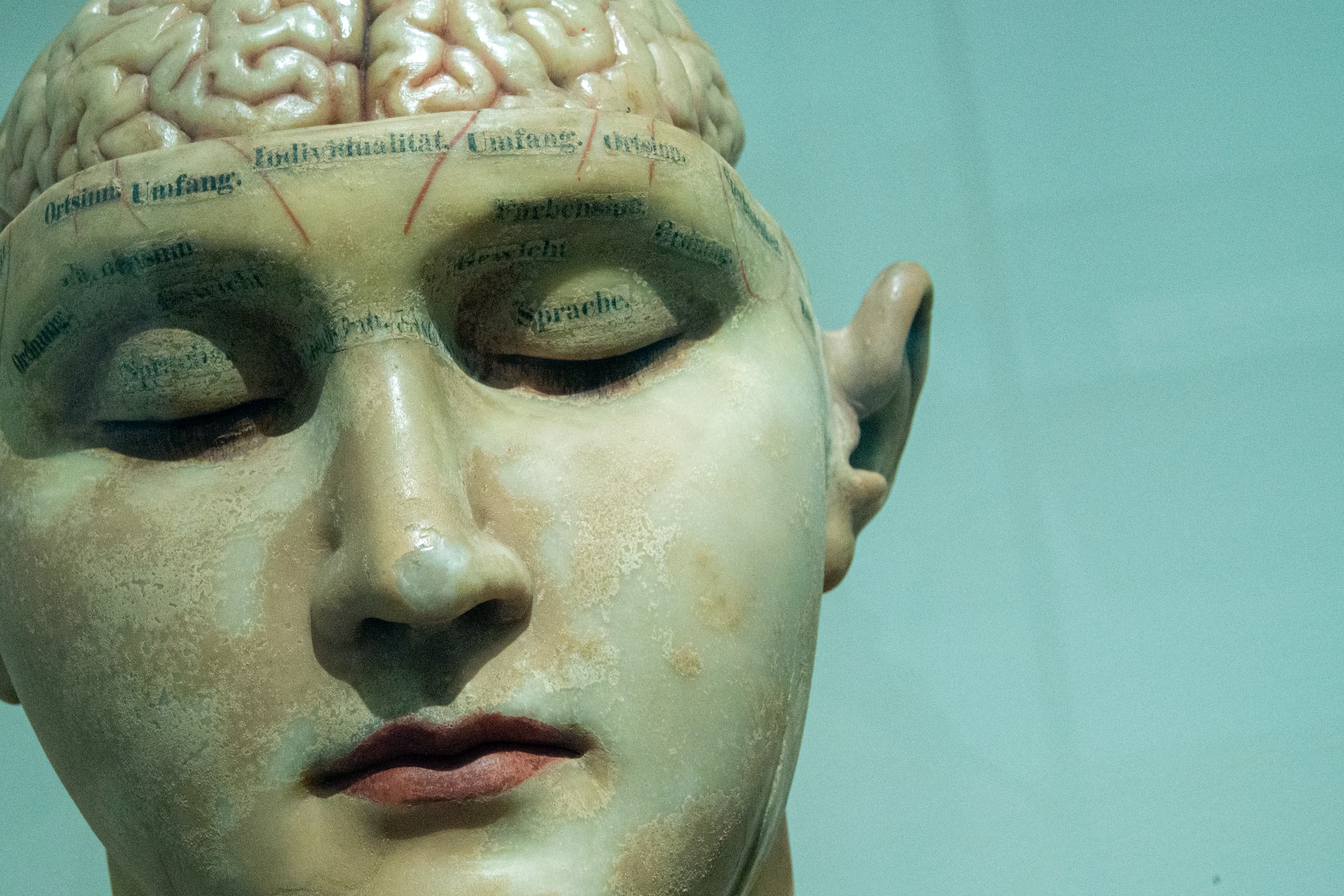Dementia and Behavioral variant Frontotemporal Dementia (bvFTD) – What is it?
Frontotemporal Dementia (FTD) is a type of dementia that affects the front and side regions of the brain, which are responsible for personality, behavior, language, and decision-making. FTD is a rare form of dementia, accounting for only 5-10% of all cases, but it is considered one of the most common causes of young-onset dementia. There are two main subtypes of FTD: behavioral variant Frontotemporal Dementia (bvFTD) and primary progressive aphasia (PPA).
Behavioral variant Frontotemporal Dementia (bvFTD) is the most common subtype of FTD and is characterized by changes in behavior, personality, and social conduct. People with bvFTD may experience a decline in social awareness, empathy, and judgment. They may also display changes in their eating habits, become less interested in personal grooming, and develop repetitive behaviors, such as collecting and hoarding items.
The onset of bvFTD typically occurs between the ages of 45 and 65 and progresses rapidly over the course of several years. The symptoms of bvFTD can be mistaken for other psychiatric or neurological conditions, making it challenging to diagnose. A thorough evaluation by a neurologist is necessary to rule out other conditions and to establish a diagnosis of bvFTD.
Diagnosis of bvFTD is based on a combination of factors, including a thorough neurological examination, medical history, cognitive tests, and imaging studies such as magnetic resonance imaging (MRI) or positron emission tomography (PET) scans. These tests can help to determine the extent of the damage to the brain and rule out other potential causes of the symptoms.
There is currently no cure for bvFTD, and the treatment options are limited. Management of the condition involves a team approach, including a neurologist, occupational therapist, speech therapist, and social worker. Medications can be used to manage specific symptoms, such as anxiety or depression, but there are no drugs that can slow the progression of the disease.
In addition to medical management, supportive care is essential for individuals with bvFTD and their families. This may include education about the condition, counseling, and support groups. Adaptive devices, such as communication aids, can also be helpful in managing the symptoms of the disease.
In conclusion, Frontotemporal Dementia (FTD) is a type of dementia that affects the front and side regions of the brain and is characterized by changes in behavior, personality, and social conduct. Behavioral variant Frontotemporal Dementia (bvFTD) is the most common subtype of FTD and is diagnosed based on a combination of factors, including a thorough neurological examination, medical history, cognitive tests, and imaging studies. Although there is no cure for bvFTD, supportive care, including education, counseling, and adaptive devices, can help individuals and their families manage the symptoms of the disease.





